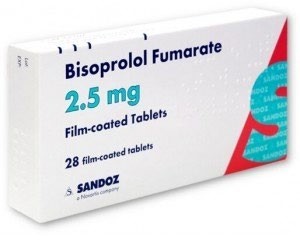A client with hypertension currently takes two and a half tablets of bisoprolol per day, each containing 100 mg. The new order is 500 mg of bisoprolol per day.
What instruction should be given to this client for the effective management of hypertension?
"Take five and a half tablets daily."
"Take two and a half tablets daily."
"Take five tablets daily."
"Take two tablets daily."
The Correct Answer is C
The instruction that should be given to this client for the effective management of hypertension is to take
**five tablets** of bisoprolol per day, each containing 100 mg.
This is because the new order of 500 mg of bisoprolol per day is twice as much as the current dose of 250 mg of bisoprolol per day (two and a half tablets of 100 mg each). Therefore, the client needs to double the number of tablets they take per day from two and a half to five.

Nursing Test Bank
Naxlex Comprehensive Predictor Exams
Related Questions
Correct Answer is D
Explanation
To calculate the rate of infusion, we need to divide the total volume to be infused (1.5 L) by the total time of infusion (24 hours)
1.5 L = 1500 mL (since 1 L = 1000 mL)
Dividing 1500 mL by 24 hours gives us the rate of 62.5 mL/hr.
Correct Answer is B
Explanation
To find the milliliters per dose, you need to use the formula for dosage calculation:
Volume (mL) = Dose ordered (mg) / Concentration (mg/mL) x Volume available (mL)
Since the dose ordered is 0.5 grams, the concentration is 125 mg/5 mL, and the volume available is 5 mL, plug in these values into the formula:
Volume (mL) = 0.5 grams / 125 mg/5 mL x 5 mL
However, before you can simplify and solve for the volume, you need to convert the dose from grams to milligrams by multiplying by 1000:
Volume (mL) = 500 mg / 125 mg/5 mL x 5 m
Simplify and solve for the volume:
Volume (mL) = 20 mL
Therefore, the nurse should administer **20 mL** of Amoxil per dose to the patient.
Whether you are a student looking to ace your exams or a practicing nurse seeking to enhance your expertise , our nursing education contents will empower you with the confidence and competence to make a difference in the lives of patients and become a respected leader in the healthcare field.
Visit Naxlex, invest in your future and unlock endless possibilities with our unparalleled nursing education contents today
Report Wrong Answer on the Current Question
Do you disagree with the answer? If yes, what is your expected answer? Explain.
Kindly be descriptive with the issue you are facing.
